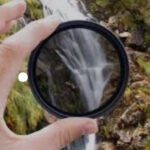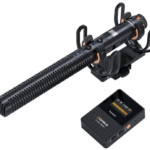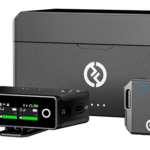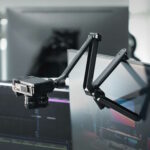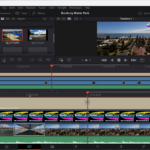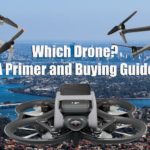Audio is important. I’ve said it before and no doubt I will say it again. And I’ll repeat what was said to me many donkeys ages ago that reinforced this; turn on the TV at 7pm, switch to the ABC News and turn the sound off. Then tell me what it’s all about.
And to get audio, of course you need a recording device. Like a microphone. No, not like a microphone, it IS a microphone. But what sort? A mic is a mic is it not?
Well no.
The are a number of different mic types, and each has its own use in certain circumstances. And this is defined by what is called the “pickup pattern”.

 For example, if you are doing an interview at a press conference or following a person after a “door step” you want an omni-directional mic that will pick up the audio from a multitude of directions. An example is the Sennheiser MD42.
For example, if you are doing an interview at a press conference or following a person after a “door step” you want an omni-directional mic that will pick up the audio from a multitude of directions. An example is the Sennheiser MD42.
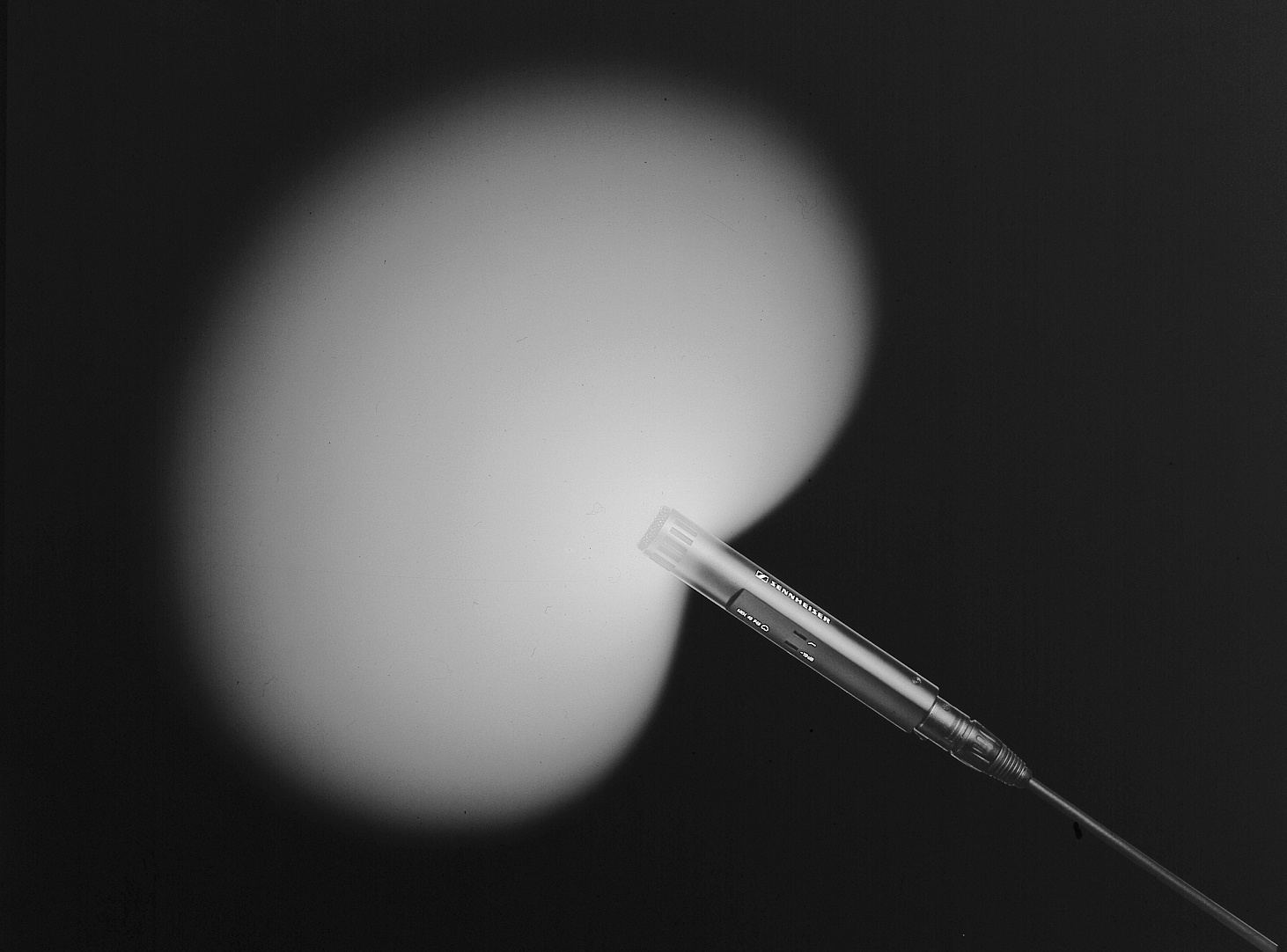
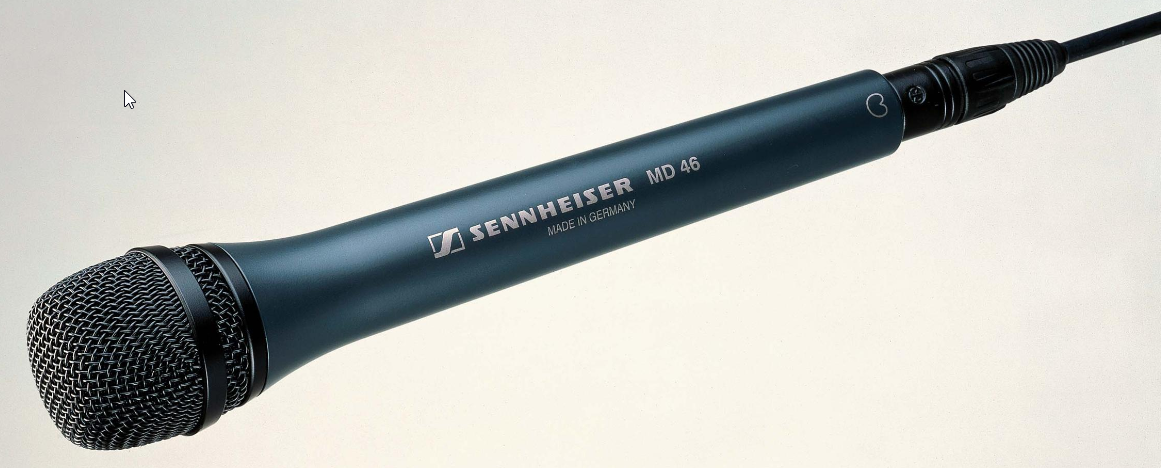 A cardioid pickup pattern on the other is slightly more directional and useful for events recording such as weddings or when making documentaries. A Sennheiser MD46 is a typical example.
A cardioid pickup pattern on the other is slightly more directional and useful for events recording such as weddings or when making documentaries. A Sennheiser MD46 is a typical example.
There is also the hypercardiod though so don’t get confused. These are common as camera mounted mics otherwise known as “shotgun” mics. These are also really good for recording musical instruments by the way.

 A more refined type is the supercardiod / lobar (super directional) mic such as the Sennheiser MKH416 which you see in photos of film and TV sets where typically they are mounted on a boom pole, but are also used as camera top mics.
A more refined type is the supercardiod / lobar (super directional) mic such as the Sennheiser MKH416 which you see in photos of film and TV sets where typically they are mounted on a boom pole, but are also used as camera top mics.
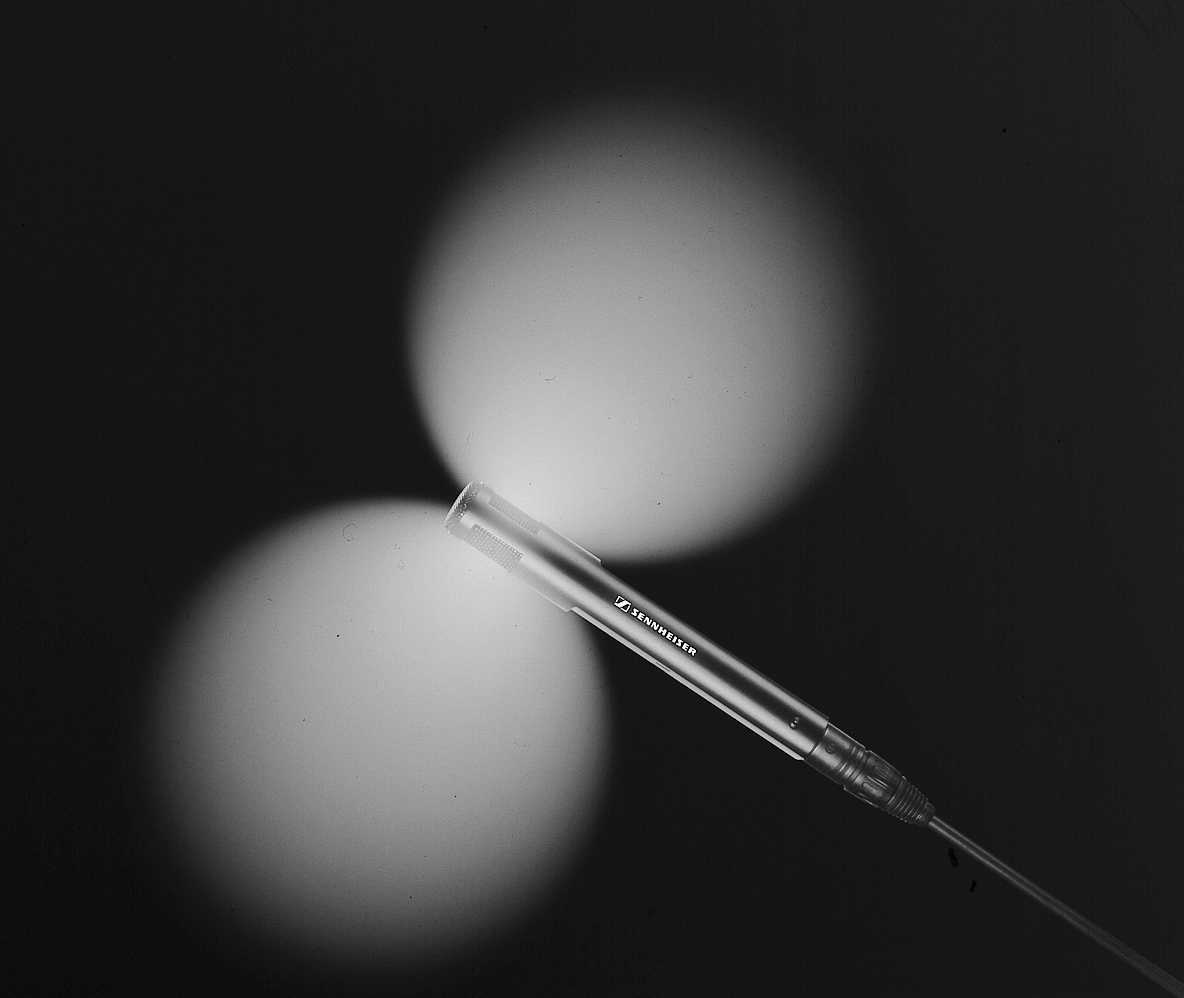
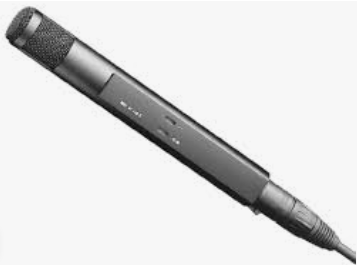 A bi-directional mic which picks up audio from both the front and the back are typically used for radio or podcasting. ewg the Sennheiser MKH 30
A bi-directional mic which picks up audio from both the front and the back are typically used for radio or podcasting. ewg the Sennheiser MKH 30
So choose the mic that is best for the job, and you won’t have to muck around after the fact with trying to sweeten dud audio. For even more information, read our article here.


